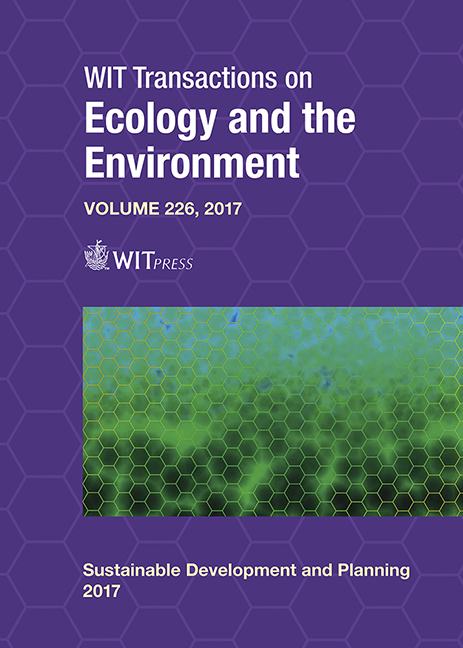AN ENERGY-RESILIENT CITY, AN APPRAISAL MATRIX FOR THE BUILT ENVIRONMENT
Price
Free (open access)
Transaction
Volume
226
Pages
12
Page Range
667 - 678
Published
2017
Size
410 kb
Paper DOI
10.2495/SDP170581
Copyright
WIT Press
Author(s)
SONDOSSE A. RAGHEB, HANY M. AYAD, RANIA A. GALIL
Abstract
The 21st century is known as the century of the city; the world is becoming more urban with more than half of the world’s population residing in cities. In this respect, a city is a complex dynamic system of interconnected urban processes. Nowadays, cities are hot spots responsible for the threatened global environment and urban life, as well as chronic stresses and vulnerabilities. Chronic energy shortage is one of the main stresses that threatens the city and puts pressure on city systems, mainly due to the impact of higher energy uses in urban areas. Vulnerabilities, stresses and adaptability are fundamental to the emerging science of resilience. While the concept of resilience is intriguing, this paper contributes to filling the theoretical gaps of the urban energy resilience by reviewing the concept of urban resilience, explaining the energy resilience principles and identifying the built environment components that can be used to help planners to enhance the city to absorb, recover and adapt to the vulnerabilities of the city. The paper concludes with suggesting an urban energy resilience matrix that addresses the energy shortage in a city to better understand and analyze the intricate issues for an energy-efficient, resilient, safer future city.
Keywords
city system, vulnerability, built environment, resilience, principles and urban energy





